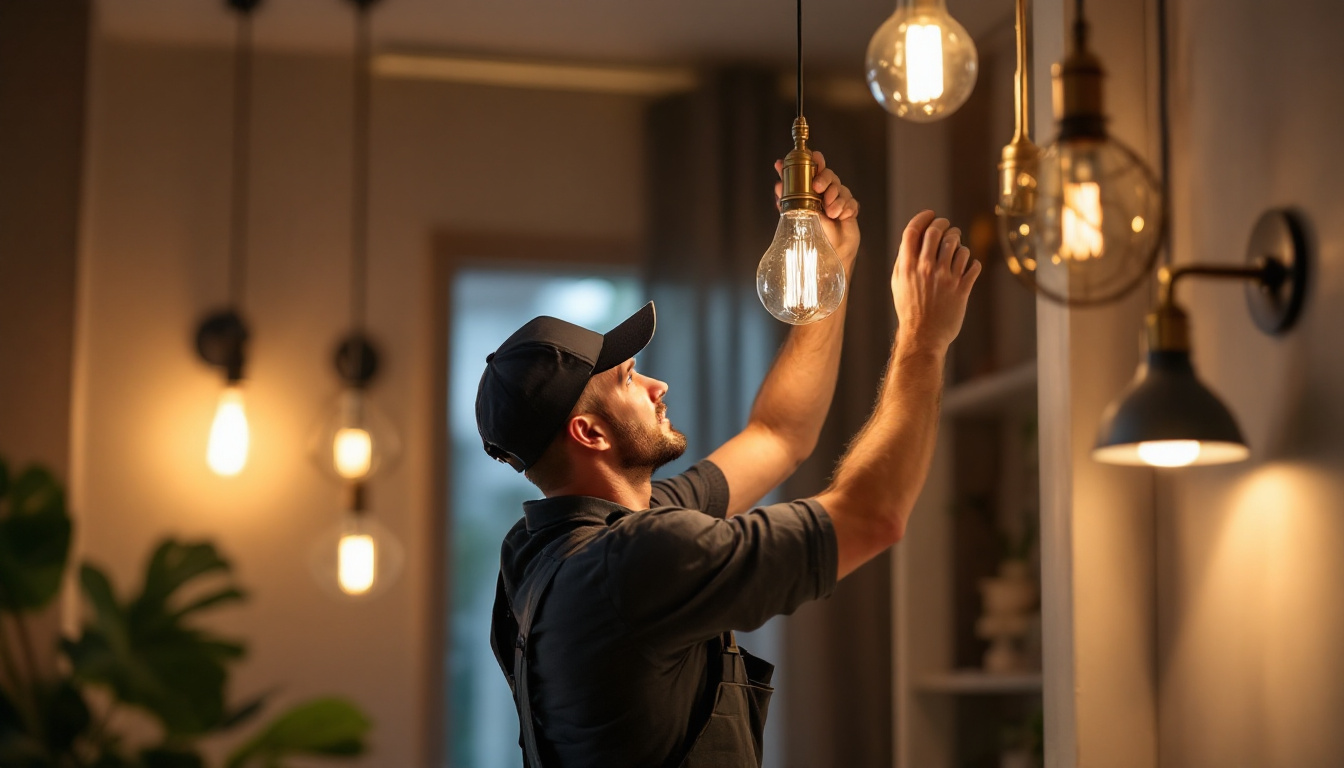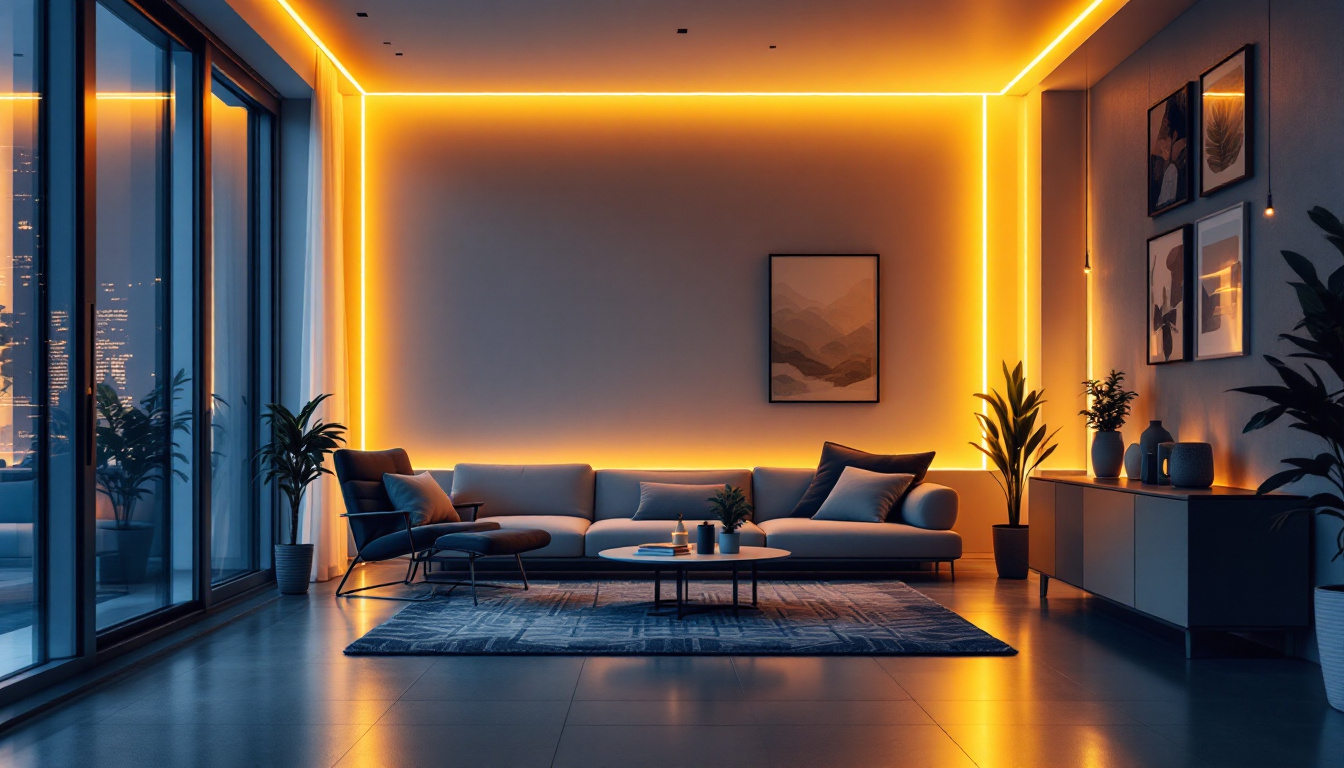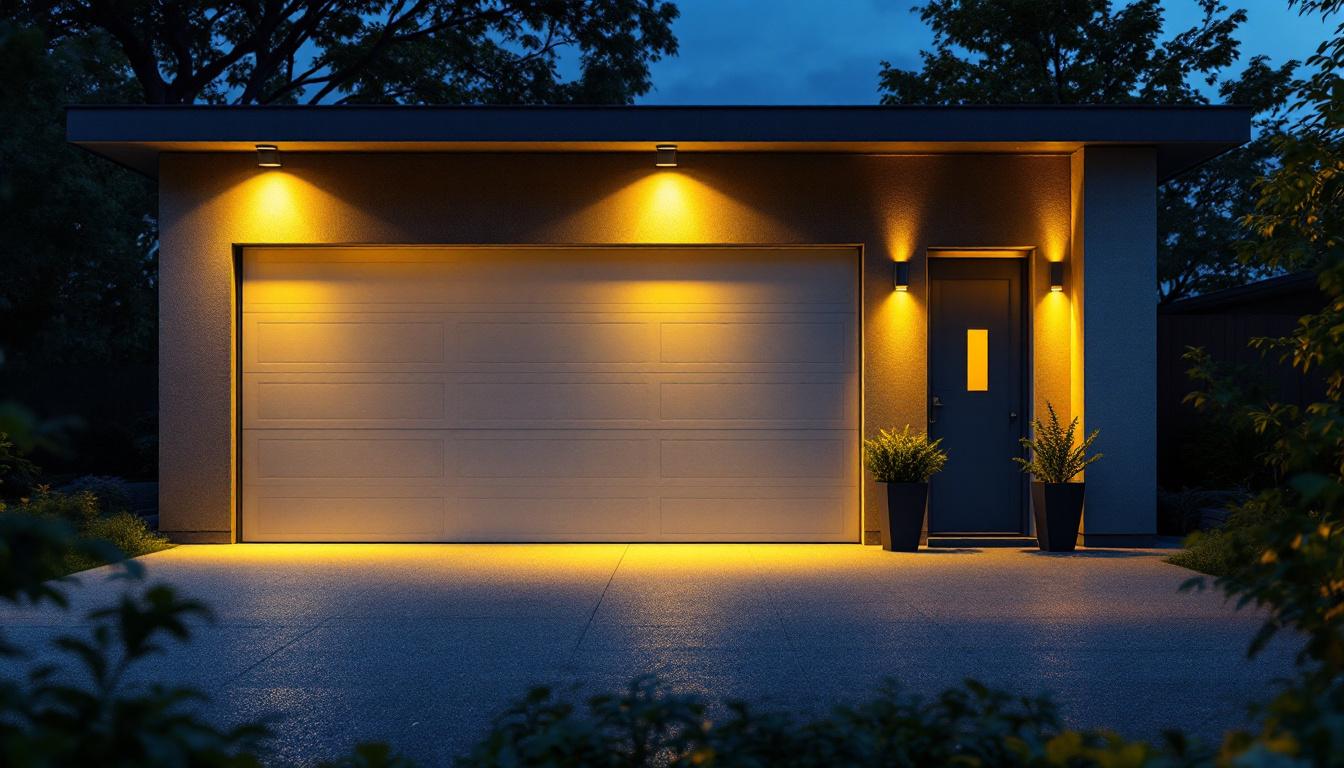
Lighting plays a crucial role in enhancing outdoor spaces, and for lighting contractors, understanding the nuances of outdoor canopy lights is essential. This article provides a comprehensive checklist that covers everything a contractor needs to consider when working with outdoor canopy lights, ensuring that installations are not only functional but also aesthetically pleasing.
Outdoor canopy lights serve multiple purposes, from illuminating pathways to creating inviting atmospheres for outdoor gatherings. These lights are designed to withstand various weather conditions, making them a reliable choice for outdoor settings. Their versatility allows them to be used in commercial spaces, residential areas, and public venues. Additionally, the aesthetic appeal of these lights can enhance the overall look of an outdoor area, contributing to the ambiance and safety of the environment. With the right selection of canopy lights, one can transform a dull space into a vibrant gathering spot, perfect for entertaining guests or simply enjoying a quiet evening outdoors.
When selecting outdoor canopy lights, it is important to understand the different types available. Common options include LED, fluorescent, and incandescent lights. LED lights are particularly popular due to their energy efficiency and long lifespan. They consume significantly less power than traditional bulbs, which not only reduces electricity bills but also minimizes the environmental impact. Fluorescent lights, while less common, can be effective in certain applications, especially where bright, white light is needed. They are often used in commercial settings where high visibility is crucial. Incandescent lights, though less energy-efficient, provide a warm glow that some clients may prefer, creating a cozy atmosphere that is particularly appealing in residential outdoor spaces. Furthermore, there are also solar-powered options available, which harness sunlight during the day to provide illumination at night, making them an eco-friendly choice for those looking to reduce their carbon footprint.
Outdoor canopy lights can be applied in various settings. They are often used in parking lots, gas stations, and outdoor dining areas. In residential settings, they can illuminate patios, decks, and entryways. Understanding the specific needs of each application helps contractors choose the right lighting solutions for their clients. For instance, in a commercial environment like a gas station, bright and uniform lighting is essential for safety and visibility, while in a residential backyard, softer lighting can create a relaxing atmosphere for family gatherings. Additionally, outdoor canopy lights can also be integrated with smart technology, allowing users to control the lighting remotely, set schedules, or adjust brightness levels based on the time of day or specific events. This modern approach not only enhances convenience but also promotes energy savings by ensuring lights are only on when needed.
Proper planning is essential for a successful installation of outdoor canopy lights. This phase includes assessing the site, understanding client requirements, and ensuring compliance with local regulations. A well-structured plan not only streamlines the installation process but also minimizes potential issues that could arise during or after the project.
Before installation, a thorough site assessment is necessary. This involves evaluating the layout, existing infrastructure, and any potential obstacles that could affect lighting placement. Consideration should also be given to the surrounding environment, such as trees or buildings that may cast shadows. Additionally, assessing the soil type and drainage patterns can be crucial, especially if poles or fixtures require anchoring. Understanding the seasonal changes in the area, such as the angle of the sun and the presence of foliage, can also impact the effectiveness of the lighting throughout the year.
Engaging with clients to understand their vision and expectations is vital. Discussing their preferences regarding brightness, color temperature, and design will help tailor the installation to their needs. Providing options and recommendations based on the site assessment can also enhance client satisfaction. It’s also beneficial to educate clients about the energy efficiency of different lighting options, such as LED versus traditional bulbs, and how these choices can affect both their utility bills and the environment. Furthermore, exploring the potential for smart lighting systems that can be controlled via apps or timers can add an innovative touch to the project, making it not only functional but also adaptable to changing needs.
Having a detailed checklist can streamline the installation process, ensuring that no critical steps are overlooked. Below is a comprehensive checklist that lighting contractors should follow.
The selection of fixtures is a critical aspect of outdoor canopy lighting. The right fixtures not only enhance the aesthetic appeal but also ensure functionality and longevity.
Outdoor canopy lights come in various designs, from sleek modern fixtures to more traditional styles. The choice of design should align with the overall aesthetic of the space. For instance, a contemporary restaurant may benefit from minimalist fixtures, while a rustic outdoor venue might opt for more ornate designs.
Given the outdoor environment, selecting fixtures made from durable materials is crucial. Look for lights that are rated for outdoor use and can withstand harsh weather conditions, including rain, snow, and extreme temperatures. Materials such as aluminum, stainless steel, and high-quality plastics are often recommended for their resilience.
Energy efficiency is a significant factor in modern lighting design. Clients are increasingly aware of their energy consumption and its impact on the environment. Therefore, lighting contractors should prioritize energy-efficient solutions.
LED lights are the most energy-efficient option available. They consume significantly less power than traditional incandescent lights while providing the same or greater brightness. Additionally, LEDs have a longer lifespan, which reduces the frequency of replacements and maintenance costs.
Incorporating smart lighting solutions can further enhance energy efficiency. Smart systems allow for remote control and automation, enabling lights to be turned on or off based on occupancy or time of day. This not only saves energy but also adds convenience for clients.
Ensuring safety and compliance with regulations is paramount in any lighting installation. Lighting contractors must be well-versed in local codes and standards to avoid legal issues and ensure the safety of users.
Local building codes dictate various aspects of lighting installations, including height restrictions, wattage limits, and spacing requirements. Familiarity with these codes is essential to avoid potential fines and ensure that installations are safe and legal.
During the installation process, contractors should adhere to safety protocols to protect themselves and others. This includes using appropriate personal protective equipment (PPE), ensuring that electrical connections are secure, and following proper ladder safety procedures. Additionally, marking the installation area can help prevent accidents.
Post-installation maintenance is crucial for the longevity and performance of outdoor canopy lights. Contractors should provide clients with clear maintenance guidelines to ensure the lights continue to function optimally.
Encouraging clients to conduct regular inspections can help identify issues before they become significant problems. This includes checking for burnt-out bulbs, loose wiring, and signs of corrosion or damage. Regular maintenance can extend the lifespan of the lighting system and enhance safety.
Outdoor lights can accumulate dirt, debris, and other contaminants that may affect their performance. Providing clients with cleaning recommendations, such as using a soft cloth and mild detergent, can help maintain the appearance and functionality of the lights. Additionally, ensuring that fixtures are free from obstructions will maximize their effectiveness.
Outdoor canopy lights are an essential component of any outdoor space, and lighting contractors play a vital role in their successful installation and maintenance. By following this comprehensive checklist, contractors can ensure that they provide high-quality lighting solutions that meet client needs while adhering to safety and compliance standards.
From understanding the various types of outdoor canopy lights to planning installations and ensuring energy efficiency, each step is crucial in delivering a successful project. By prioritizing quality, safety, and client satisfaction, lighting contractors can establish themselves as trusted professionals in the industry.
In an ever-evolving field, staying informed about the latest trends and technologies in outdoor lighting will further enhance a contractor’s ability to meet client demands and expectations. With the right approach, outdoor canopy lighting can transform spaces, making them safer, more functional, and visually appealing.
Ready to elevate your outdoor canopy lighting projects with the best in quality and value? Look no further than LumenWholesale. Our extensive selection of spec-grade lighting products is designed to meet the needs of the most discerning contractors, all at unbeatable wholesale prices. Say goodbye to local distributor markups and hello to superior lighting solutions that fit your budget. Plus, with free shipping on bulk orders, you can stock up on premium lighting without any hidden fees. Don’t compromise on quality or cost. Wholesale Lighting at the Best Value is just a click away. Transform your outdoor spaces with LumenWholesale today.

Illuminate your expertise with our comprehensive guide tailored for lighting contractors.

Explore the transformative impact of 2X4 LED lights in modern lighting solutions.

Discover the advantages of linkable shop lights for lighting contractors in this insightful article.

Discover the ultimate guide to choosing energy-efficient light fixtures for your garage exterior.